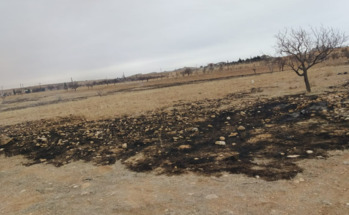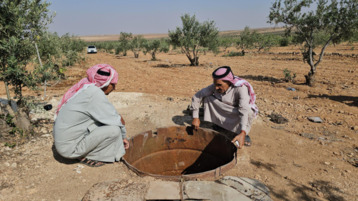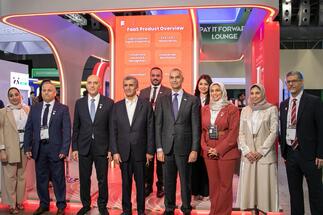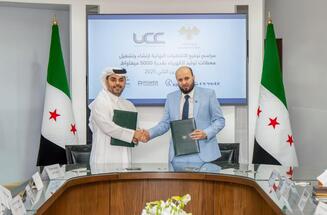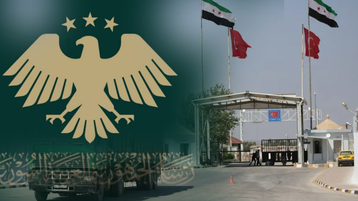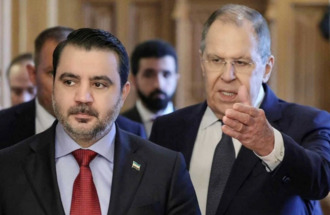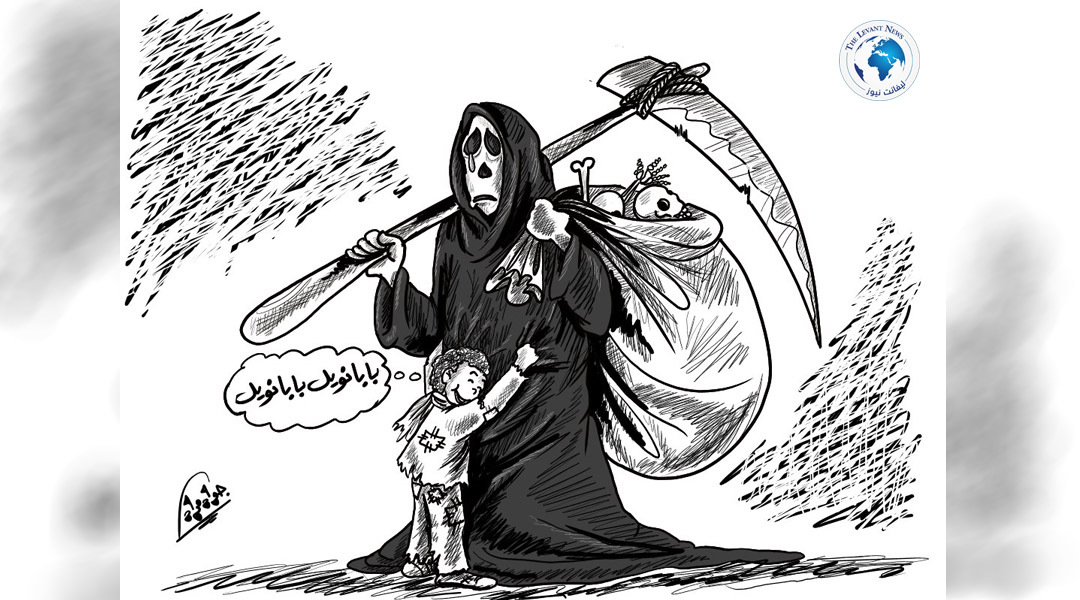-
Comprehensive Human Rights Report on the Events in Swaida in July 2025
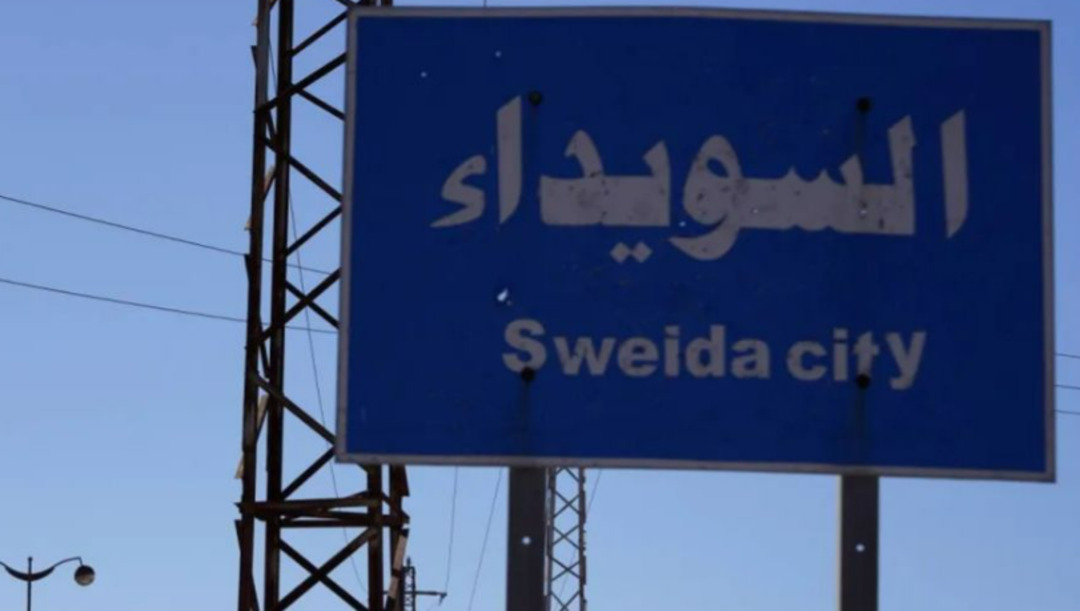
An Extensive Human Rights Report on Serious Sectarian Violations in Swaida Governorate – July 2025
Methodology and Sources
This report is based on open-source evidence, reports from international organizations, credible media outlets, and compares these with relevant provisions in international humanitarian law and international criminal law.
It relies specifically on documentation from Reuters (verified footage of field executions), Human Rights Watch (hospital death records), World Health Organization (medical facility conditions), UN statements, and analytical reports from major newspapers (The Washington Post, Le Monde), along with official data and public speeches. Variations in victim counts among sources are noted, with ranges provided and reasons for discrepancies explained.
Sources include: Reuters, Human Rights Watch, OHCHR, The Washington Post.
Part One: Overview of Events and Patterns
1. Ethnic-based Killings and Field Executions
- Reuters documented 12 executions of defenseless Druze civilians across three sites inside and around Swaida during July, captured by the killers or their accomplices and verified for accuracy. The injuries involved close-range gunfire to the head, with armed personnel present in military attire. These incidents represent a systematic pattern beyond isolated clashes.
- Additional reports indicated mass executions, hurried burials, and abandoned bodies in the open, spreading terror and fueling cycles of revenge.
2. Forced Humiliation and Sectarian Incitement
- Associated Press captured scenes of verbal humiliation and dehumanizing practices accompanying the killings, including sectarian slurs and forced degrading positions before executions. These are recurring patterns, not isolated incidents.
3. Attacks on Medical Facilities and Personnel
- WHO reported that the national hospital in Swaida became overwhelmed and exhausted, suffering from lack of electricity and water, with damaged equipment and ambulances, and bodies in its vicinity. Footage from Reuters showed these conditions and the inability of medical staff to handle the influx.
- HRW documented multiple hospital death records, listing 306 names during July 16-17, mostly from gunshot wounds to the head and shrapnel. This indicates the severity, rapidity, and brutality of the violence.
4. Systematic Arson, Looting, and Property Destruction
- Reports from The Washington Post and The Guardian detailed large-scale arson of neighborhoods and homes, widespread looting, and the abandonment of bodies for days, contributing to terror and societal disintegration. Witness descriptions point to a "systematic/revengeful" pattern rather than random chaos.
5. Role of De Facto Authorities and Cross-Regional Tribal Mobilization
- Analyses and reports suggest that authorities allowed the mobilization of Sunni tribal fighters from the north and desert regions toward the south, without effective intervention. Official rhetoric praised their "heroic" positions before calling for a ceasefire, revealing sanctioned or politicized mobilization.
- On July 19, interim President Ahmed Al-Shar’a thanked tribes for their "heroic positions," with later calls to respect the ceasefire, thus providing political cover for actions on the ground.
6. Retreats, Temporary Ceasefires, and Official Investigations
- Authorities declared a ceasefire, withdrew army units, and announced an investigation committee. However, sources document inconsistency in implementation and ongoing attacks despite official promises, with calls from Druze officials for independent international inquiries.
Part Two: Legal Framework and Crime Classification
Classification of the Conflict and Applicable Law
The organized violence and territorial scope categorize this as a Non-International Armed Conflict (NIAC), involving de facto authorities and organized armed actors, activating Common Article 3 of the Geneva Conventions, and customary international humanitarian law, regardless of additional protocols.
1. Willful Killings and Field Executions
- Intentional killing of civilians and extrajudicial executions in NIAC constitute war crimes under the Rome Statute (Article 8(2)(c)(i)), potentially escalating to crimes against humanity if part of widespread or systematic attack against civilians (Article 7).
2. Persecution Based on Religious/Sectarian Grounds
- Targeting based on religious identity, with severe deprivation of fundamental rights during broad/systematic attacks, constitutes persecution (Article 7(1)(h)).
3. Attacks on Medical Facilities and Personnel
- Attacking or forcibly invading medical units and personnel is classified as a war crime (Article 8(2)(c)(ii)), protected under customary law (ICRC rules), unless in exceptional narrow cases.
4. Humiliation, Degrading Treatment, and Mutilation of Bodies
- Degrading treatment and mutilation of bodies in NIAC are war crimes (Article 8(2)(c)(ii)) and violations of Common Article 3.
You May Also Like
Popular Posts
Caricature
opinion
Report
ads
Newsletter
Subscribe to our mailing list to get the new updates!

